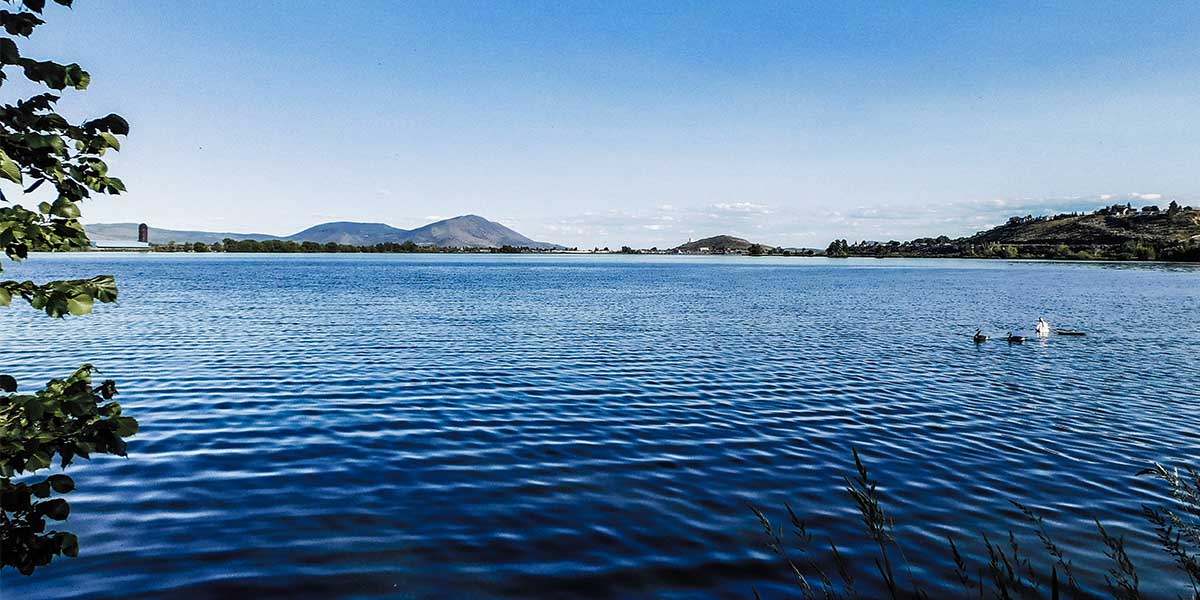Freshwater lakes, when plagued by cyanobacterial blooms, pose significant health risks due to the toxins they release. The good news, scientists at Oregon State University have come up with a clever trick to “sniff out” these toxins before they cause trouble.
Decoding nature’s scent
Think about the delightful smell of freshly cut grass – a fragrance that brings back memories of summer. Well, believe it or not, nature has a similar trick up its sleeve for detecting dangers in our lakes and rivers.
This secret lies in something called “volatile organic compounds” (VOCs) – tiny molecules released by algae into the water. These VOCs can actually give us insights into the presence of a harmful substance called microcystin. This toxin is produced by specific types of blue-green algae when they experience rapid growth.
The journey of discovery
To uncover this remarkable breakthrough, scientists embarked on a two-year investigation focused on Upper Klamath Lake (UKL), a prime example of lakes in Oregon that face the challenge of cyanobacterial Harmful Algal Blooms (HABs) every year. However, not all of these blooms result in toxic levels of microcystin, and predicting when and how much toxin will be produced has been quite tricky.
Their mission involved analyzing 227 VOCs found in water samples taken from around UKL. The exciting result was the identification of particular groups of compounds that were linked to different levels of microcystin. What’s even more impressive is that these specific VOC groups turned out to be better predictors of toxin levels compared to traditional methods, like simply looking at the color of the water.
Unveiling a silent danger
Different species of blue-green algae can create different types of toxins, some of which can be seriously harmful. These toxins don’t just affect aquatic life – they can also pose a danger to animals and even humans that come into contact with contaminated water. For instance, in 2017, over 30 cattle lost their lives after drinking tainted water near Junipers Reservoir close to Lakeview, Oregon. Even our furry friends, like dogs, are at risk if they swim in water affected by these blooms.
Although the initial study was focused on one specific toxin in a particular location, the potential applications of this technique are vast, extending beyond safeguarding against toxins to preserving the well-being of diverse water bodies and the ecosystems they support.
The power of scent and science
Leading this innovative research is Kimberly Halsey, who compares VOCs to nature’s warning signs – subtle hints of imminent danger. These chemical cues act as sentinels, alerting us to hidden threats.
Halsey sees this research as a testament to creativity and innovation. She envisions a broader spectrum of applications for this technique, potentially even detecting other significant environmental changes. This includes identifying problems like low oxygen levels in aquatic environments or pinpointing pollution in coastal areas, like detecting the presence of harmful substances like domoic acid.
With this pioneering advancement, a new era dawns for the protection of our precious water bodies. As our world faces dynamic shifts driven by factors like climate change, these innovative solutions play a vital role in safeguarding the sanctity of our waters.
